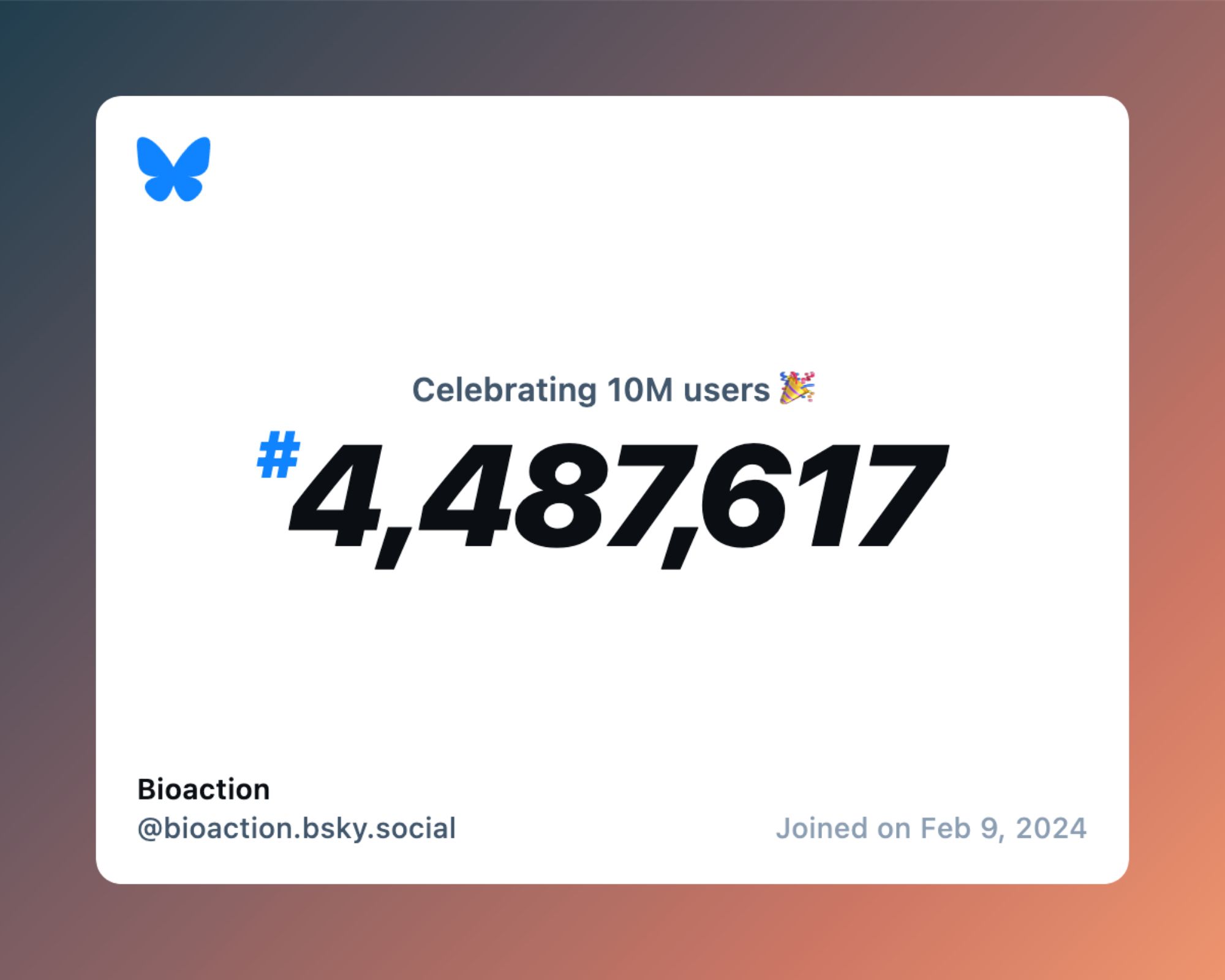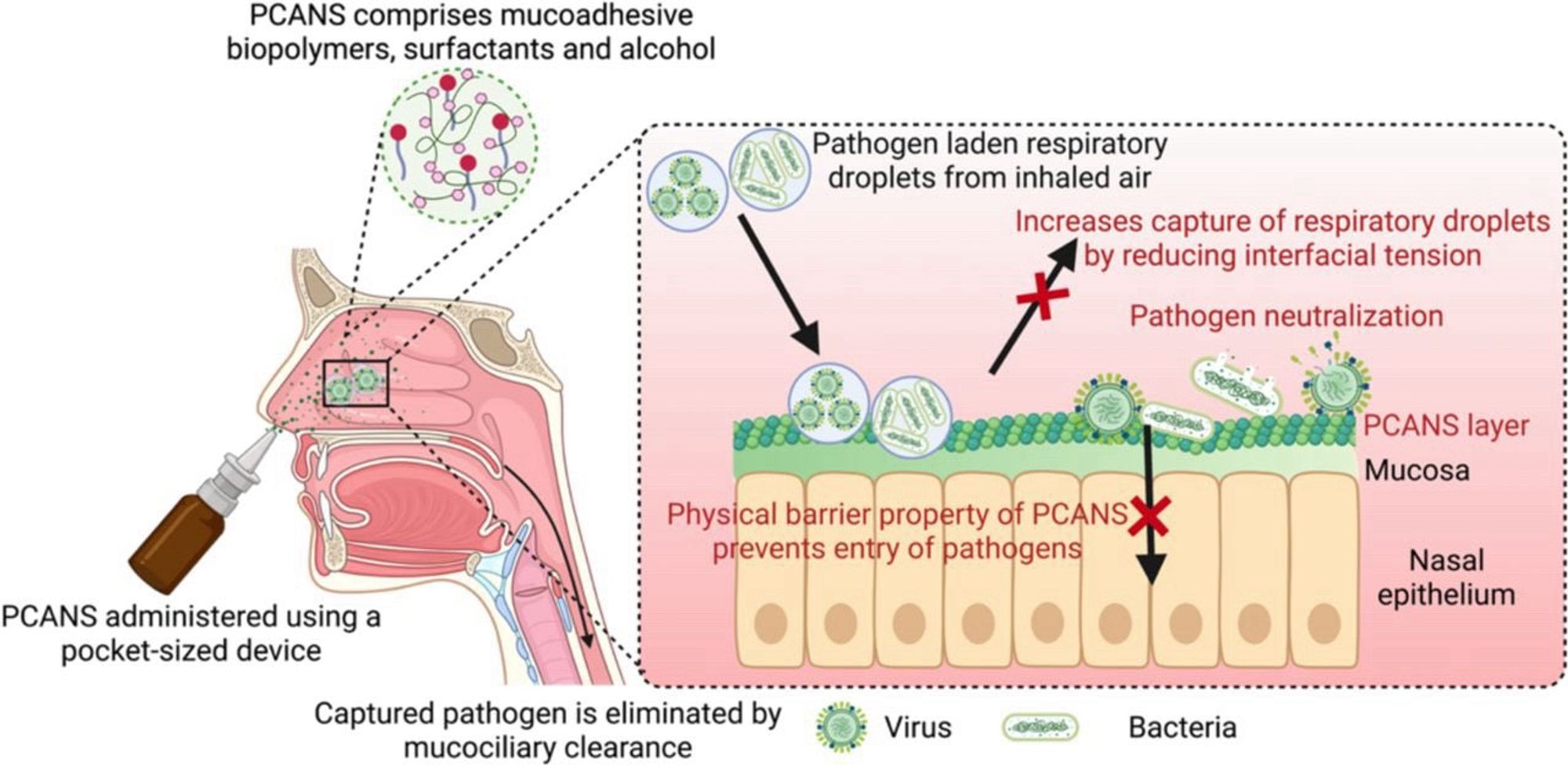Research on Living Therapeutic Materials Continues: Saarland Remains a Beacon in Biomedical Science Good news for biomedical research in Saarland: The Leibniz ScienceCampus (LSC) "Living Therapeutic Materials" is entering its second funding phas... weiterlesen

Forschung an Lebenden Therapeutischen Materialien geht weiter: Saarland bleibt Leuchtturm in der Biomedizin Gute Nachrichten für die Biomedizinische Forschung im Saarland: Der Leibniz WissenschaftsCampus (LWC) „Lebende Therapeutische Material... weiterlesen

Ionic Hydrogel‐Based Moisture Electric Generators for Underwater Electronics
Fully Implantable Wireless Cardiac Pacing and Sensing System Integrated with Hydrogel Electrodes
Precise Clearance of Intracellular MRSA via Internally and Externally Mediated Bioorthogonal Activation of Micro/Nano Hydrogel Microspheres
Bluesky now has over 10 million users, and our @ec.europa.eu#hydrogel#bacteria#TissueRregeneration#HorizonEUbioaction.eu

Examination of Lipid Distributions in Hydrogel-Expanded Mouse Brain Tissue Using Imaging Mass Spectrometry www.biorxiv.org/content/10.1101/2024.09.26.615181v1

Imaging is an essential tool in biological research, and imaging mass spectrometry uniquely provides
Medikamentenfreies Nasenspray blockiert und neutralisiert Viren und Bakterien In präklinischen Studien bot das Spray nahezu 100 % Schutz vor Atemwegsinfektionen durch #COVID19#Grippe#RSV#Coronavirus
